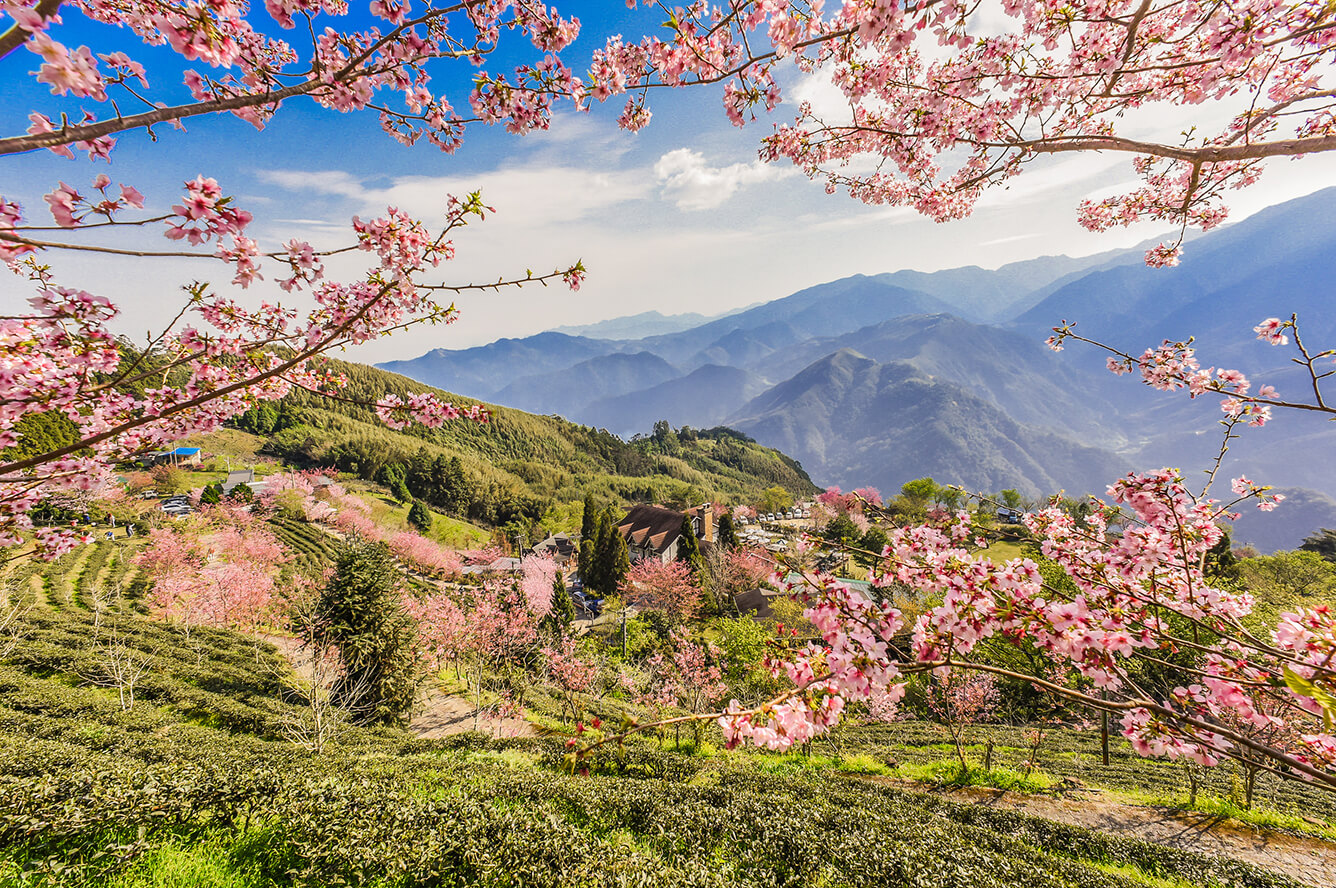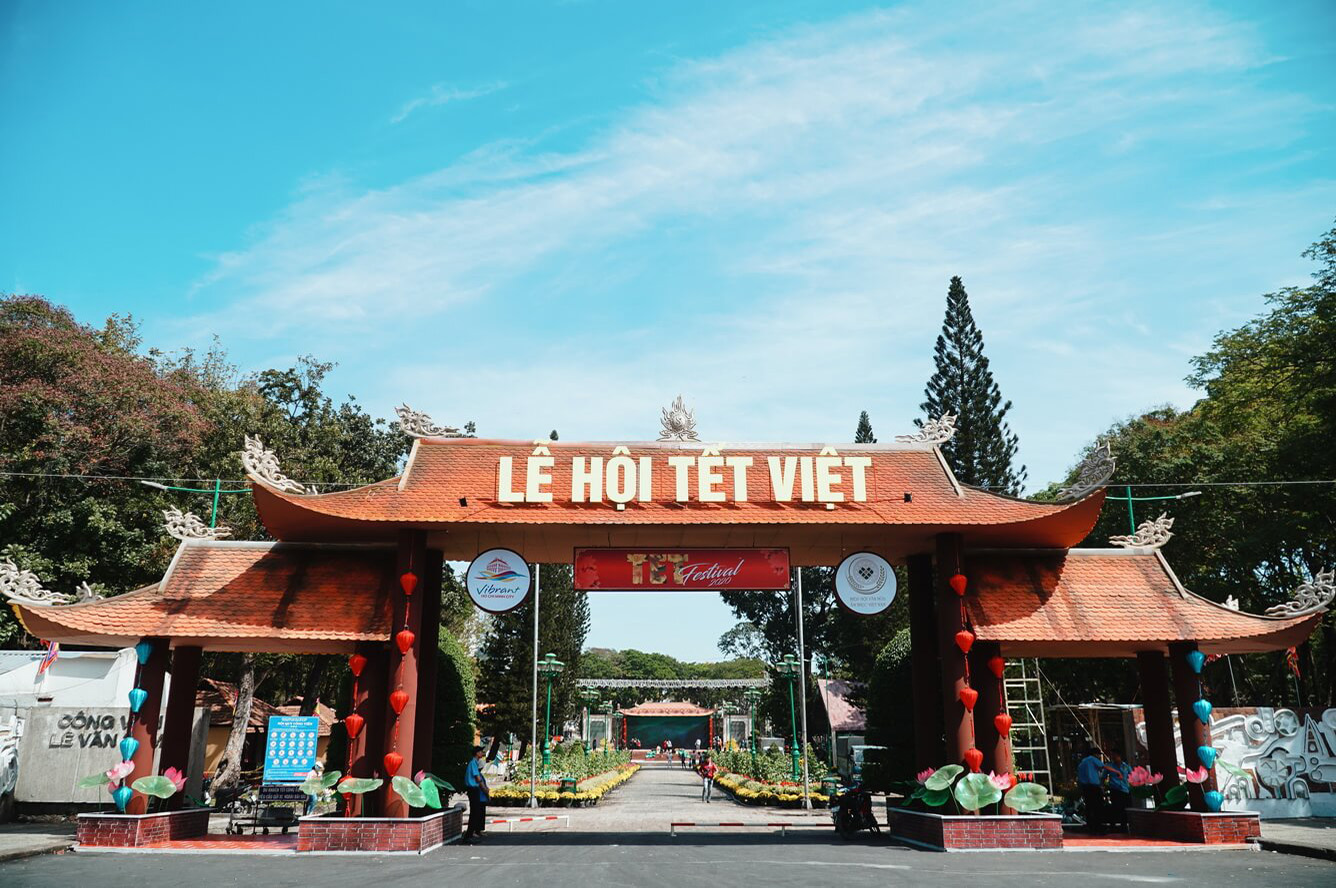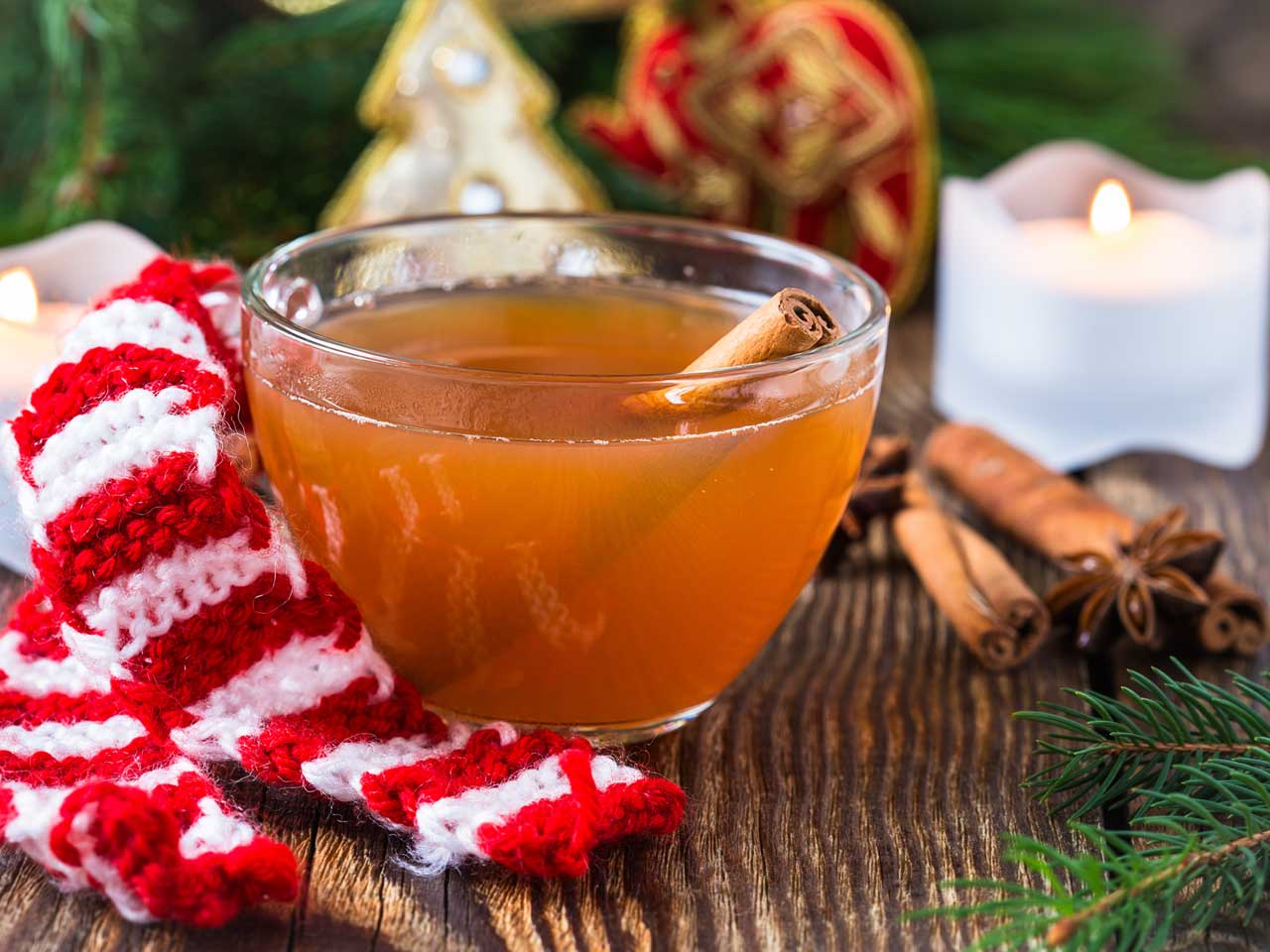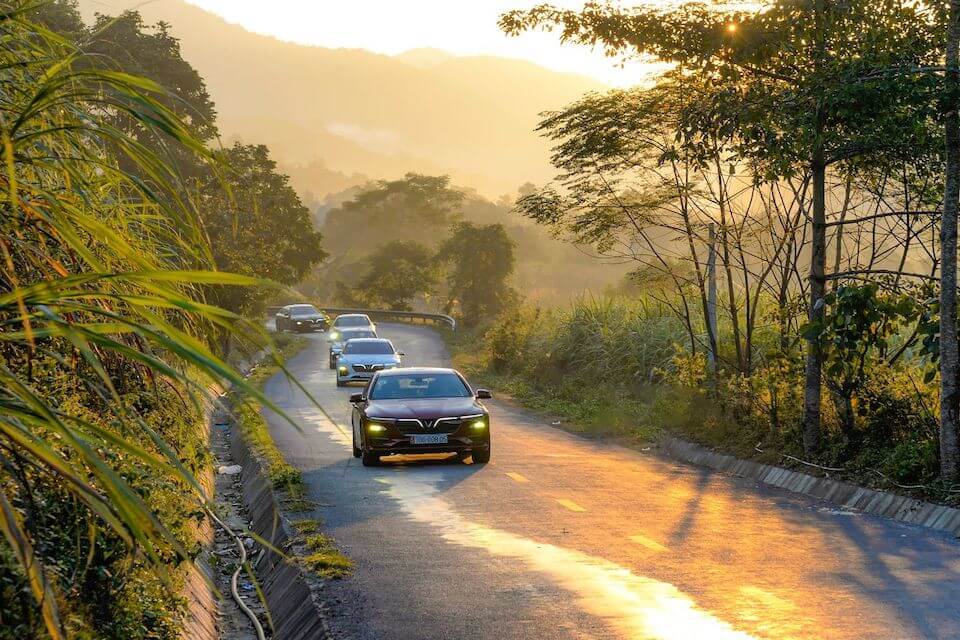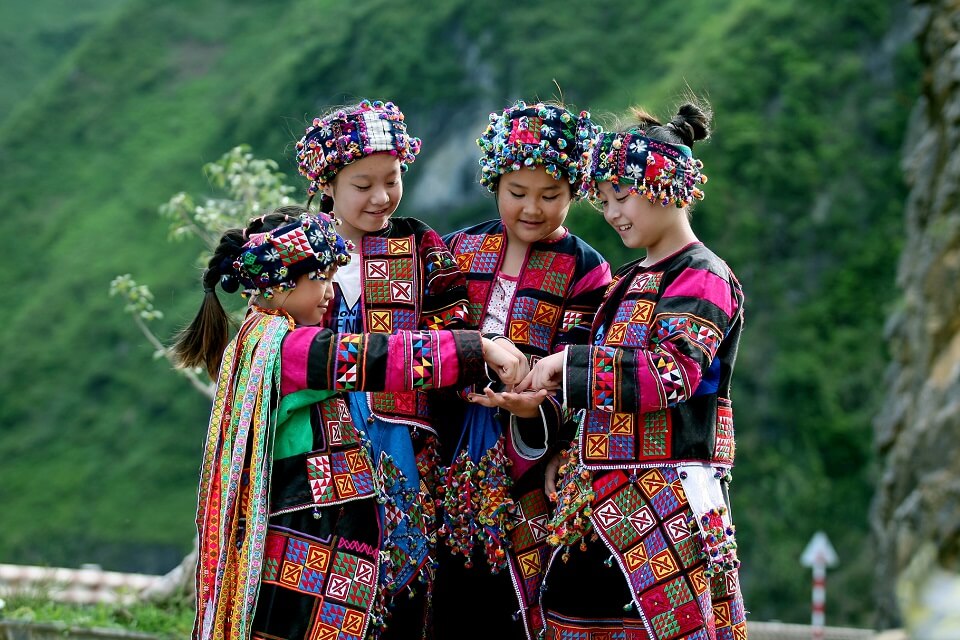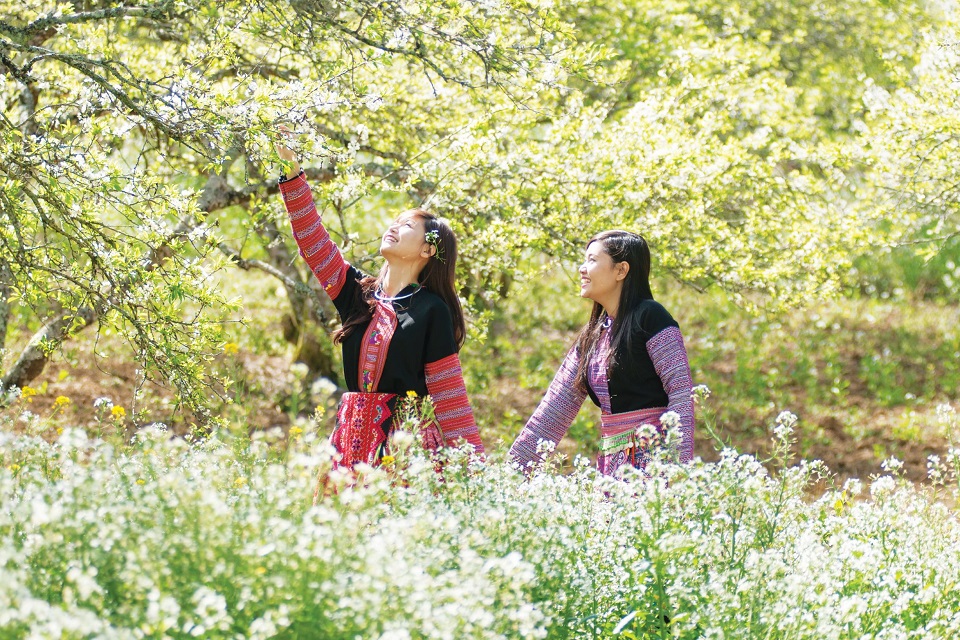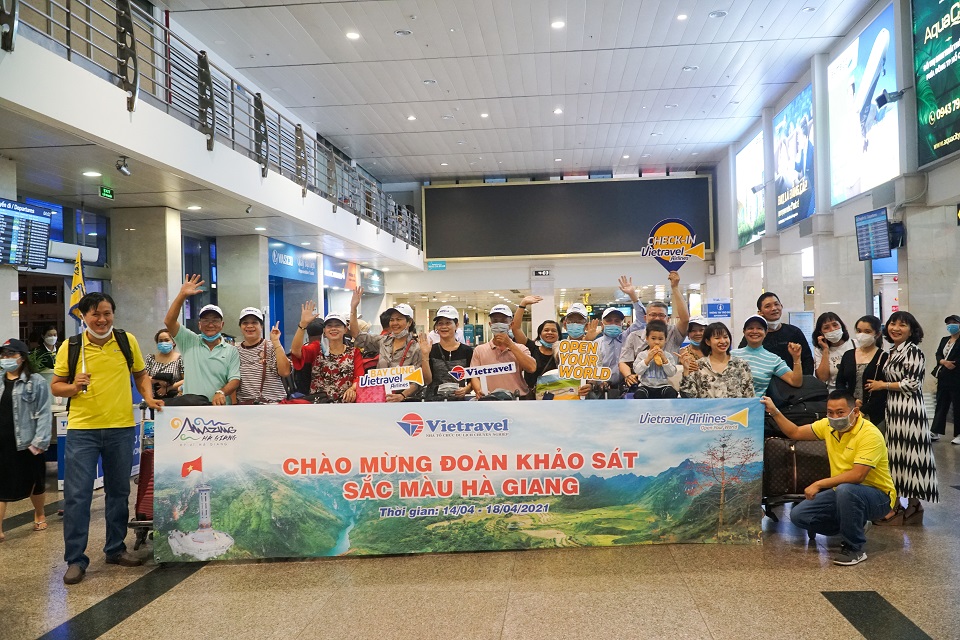Active experiences in South Africa
When visiting South Africa, it’s easy to spend leisurely days eating and drinking the country’s fine foods and wines, spotting wildlife from the back of a game vehicle, and strolling along beaches to the sound of crashing waves. But there are also lots of things to do with a more active focus.
Hike up Table Mountain with a private guide
‘Most people hike up that way,’ said my guide, Mike, as he pointed to a string of people beginning their ascent of Table Mountain, ‘but we’re going this way.’ He led me to a deserted track that wound its way up one of the mountain’s steep slopes/foothills.
Mike, a native Capetonian, has climbed the city’s most prominent landmark hundreds of times and knows every route like the back of his hand. Before taking you out to tackle the mountain, he talks you through which route would best suit your fitness level, and plans accordingly.
As we climbed, he chatted to me about the indigenous flora and fauna we encountered. There were rock hyraxes (small chipmunk-like rodents that scuttle over the rocks) and proteas — the country’s national flower. He also pointed out key Capetonian points of interest such as Robben Island and talked about what it was like growing up here.
I was so absorbed in conversation that I almost forgot I was climbing over 1,000 m (3,281 ft). That was until we came across a set of steep-sided rocks and Mike asked if I’d like to try ‘scrambling’ (midway between walking and rock-climbing). After he’d reassured me that he’d be able to assist me should I get into difficulty, I got stuck in, using metal bars attached to the rocks to hoist myself up. However, it’s completely up to you whether you want to give scrambling a go or simply continue walking up.
After that exertion, it was time for a picnic. Mike spread out a blanket and we sat overlooking the city, ocean and surrounding mountains as we ate South African snacks including biltong, anchovy fish paste on crackers (surprisingly delicious) and rusks for dipping in rooibos tea.
Energy restored, we made the final leg of our climb. I felt elated as I reached the ‘table top’, around three hours after first setting off. There was time for me to take in the all-encompassing views and fill my camera’s memory card before we caught a fully rotating cable car back down — I felt like I’d earned an easy descent.
Track rhino on foot
When on safari, I recommend combining game drives with a walking safari or two. With no engine running, your senses become finely attuned to the sounds of the bush, from the call of a bird to the rustle of a tree.
Rhino Walking Safaris Camp in Kruger National Park, and Marataba Trails Lodge in Marakele National Park (four hours north of Johannesburg) both focus on walking safaris. Their guides are incredibly knowledgeable about the local ecosystem. A print in the ground, a scent in the air or the snap of a twig can tell them which animals are close. With their guidance, you can get as close to wildlife as is safely possible.
Walks tend to last around three hours, and while they’re not strenuous, you could cover up to 15 km (9 miles).
Even if you don’t come across any headline animals, you’re bound to see and learn a great deal about the finer details of the bush. An unremarkable-seeming hole in the ground might be the den of an aardvark or honey badger. A weed-like plant might be used by locals to relieve ailments. Even dung can hold secrets — my guide was able to identify a pile left by a male white rhino. He explained that a female can sense a potential mating partner just from the smell of his dung midden.
The most exhilarating moment from my own walking safaris was the time when we finally tracked down a white rhino in the flesh. Raising his arm abruptly, my guide indicated for us to be quiet and still, pointing to an adult female just a short distance away. We were frozen in awe and trepidation as we watched her graze.
Cycle between Franschhoek’s wineries
There’s no denying that your primary purpose for visiting South Africa’s Winelands is usually to sample some of the region’s finest produce. But rather than being transported from place to place, you can offset the extra calories consumed with each glass by cycling between vineyards.
It helps that the area offers some of the country’s most striking scenery. Mountains rise like giant fists, their valleys covered in a green patchwork of vineyards. It’s a joy to explore by bicycle, the light breeze cooling you down as you soak up the countryside.
I joined a guided cycle ride from Franschhoek, one of the country’s oldest towns and often referred to as South Africa’s food and wine capital. Lasting around three hours, the tour follows mountain passes and backroads with barely any traffic, stopping at five wine estates to sample their vintages. Drinks might be paired with chocolates, cheeses or meat platters from the local area, and a gourmet lunch is included at one of the stops.
As you pedal, your guide tells you about the region and its wine-making heritage (wine has been produced here for centuries). You’ll also have the chance to learn about the wine-making process from vine to bottle as you’re led around some of the estates’ vineyards and wine cellars.
While some sections of the cycle ride are uphill, your guide will ensure that the pace suits your group’s fitness levels and there’ll be plenty of opportunities to stop.
Take a guided walk through Knysna’s indigenous forest
Drive for 20 minutes northwest of Knysna, a town in the heart of the Garden Route, and you’ll reach Rheenendal. The small settlement is surrounded by indigenous Outeniqua yellowwood trees. It was here that I met my guide, Ann, and a small group of others to embark on a 9 km (5.6 mile) walk through the forest. The experience can be tailored to your interests, whether you want to hear more about the area’s flora or its birdlife.
Shaded from the heat of the day, we walked in single file along dirt tracks and boardwalks through the trees, their branches curving over to form dappled green tunnels. Every so often we’d pause to inspect mosses and fungi that covered fallen tree trunks, and to listen out for the ‘kow-kow-kow’ of the Knysna turaco (or loerie) — a large green-and-turquoise-plumed bird.
Ann helped us search for evidence of forest-dwelling animals such as bush bucks, baboons and porcupines as we scoured the ground for tell-tale tracks. Elephant and leopard are also believed to reside here, though very few have spotted them.
We eventually reached a small waterfall which fed into a deep, rippling pool. Here, we enjoyed a snack and a drink while Ann told us about the forest’s different ferns, some of which were taller than me.
What I liked best about this three-hour walk was having the chance to get away from the usual well-driven routes and being able to appreciate the diversity of the forest ecosystem. While the longer route isn’t strenuous, a shorter 3 km (2 mile) option is available for anyone who’s short on time.
Kayak along the Storms River in Tsitsikamma National Park
If exploring the Garden Route, I recommend stopping at Tsitsikamma National Park, between Port Elizabeth and Plettenberg Bay. Here, hills are carpeted in dense indigenous forest, waves crash against sheer cliffs, and rivers carve out deep gorges en route to the Indian Ocean. You can explore the Storm River’s waters on a two-hour kayaking trip.
I joined a group of 12 led by two enthusiastic local guides. After a safety briefing and paddling demonstration, we got into our double kayaks and headed out single file, hugging the coastline for around 15 minutes until we arrived at the river mouth. Here you can look up at the 77m (235 ft) Storms River Suspension Bridge straddling the gorge. Visitors are able to walk across, but seeing the bridge from below gives you a different perspective.
As we continued along the river, the gorge’s foliage-draped cliffs rose up steeply on either side of us, and the channel became narrower. With no other way to access this area, the only sounds were the gurgle of water flowing between boulders, occasional birdsong, and the movement of our paddles as we propelled ourselves against the current. A highlight for me was when our guides pointed out a family of bats sleeping upside-down in-between the rocks.
After around 45 minutes we docked our kayaks and switched to inflatable rafts — better for navigating shallower waters. Boarding them usually involves entering the water which, after the initial shock of cold, feels refreshing. You paddle to two rocks — one 3 m (10 ft) high and the other 5 m (16 ft) high — from which you can jump into deeper water. I plucked up the courage to leap from the lower of the two.
Our final stop was a small but fast-flowing waterfall. You can ride your raft down this miniature cascade for a last rush of adrenaline before returning along the same route to your starting point, this time moving with the current.
Enjoy coastal activities along the Cape Peninsula
What I like about this experience is that, while the day is loosely mapped out, the tour can be tweaked according to your particular interests. Love hiking? You can take longer exploring Cape Point Nature Reserve’s walking trails. Prefer being on the water? Spend most of the morning out on a paddle board. Have children to entertain? Kick a ball around a sandy beach and paddle in the shallows.
First, you’re driven for 45 minutes from Cape Town to the beachside suburb of Muizenberg. This is a surfing hub, and my guides James and Nikki (herself a former women’s pro-surfer champion) took me to a surf shop to learn more about the sport over a coffee. You may wish to rent a surf or boogie board from there and have a go. Or head to nearby Kalk Bay to explore the working fishing harbour, where fishermen can be seen preparing freshly caught cod.
I chose to move on to Simon’s Town, close to Boulders Beach (the preferred haunt of African penguins), to do a spot of paddle boarding. I’d only tried this on a lake previously, so attempting to balance on the ocean waves above a kelp forest was a big step up. I won’t pretend that I didn’t fall off. But I did get close views of African penguins, which were swimming and scrabbling on rocks just a short distance away.
After stopping for lunch at a cafe only locals would find, we drove to Cape Point — the most southerly tip of the Cape Peninsula. Here you can visit the 19th-century Cape Point Lighthouse and, if you like, explore some of the nature reserve’s coastal walking trails.
You’ll then come up along the Atlantic side of the peninsula, eventually reaching Chapman’s Peak Drive. Considered South Africa’s answer to the USA’s Pacific Coast Highway, it meanders up and down crumpled hills sloping into the ocean. There are plenty of places to pause and take it all in — we stopped at a set of picnic tables to watch the sun beginning to set over the water, tinging it golden yellow and fiery orange.
Source Audleytravel

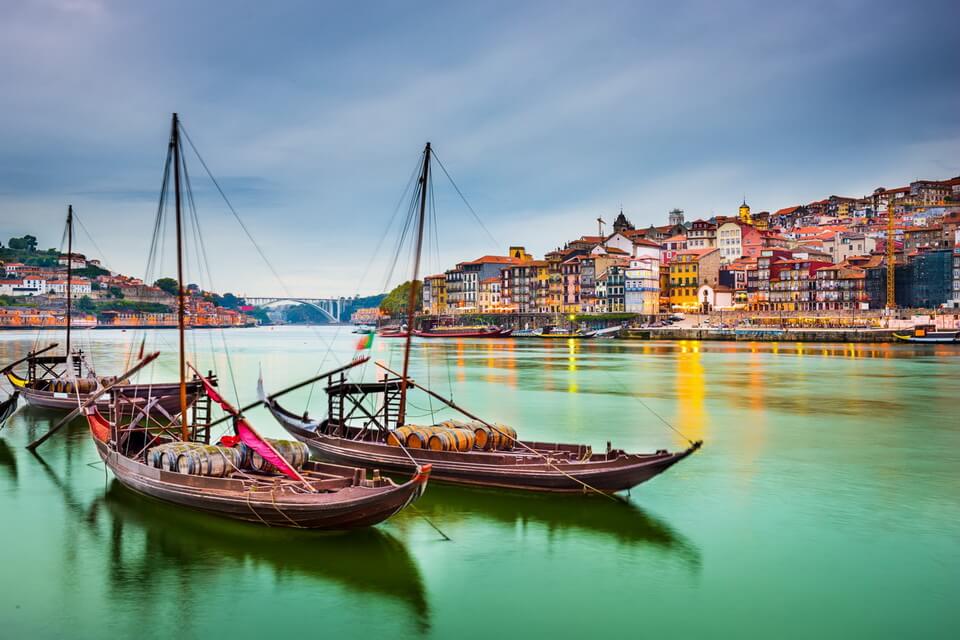
Benefits from investment for overseas settlement
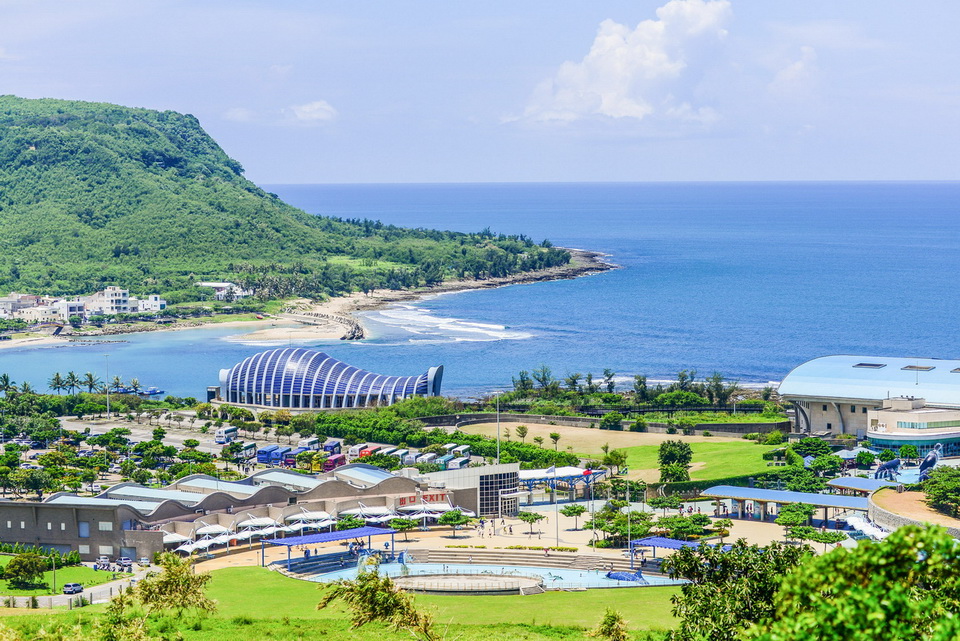
New experiences for travel in Taiwan
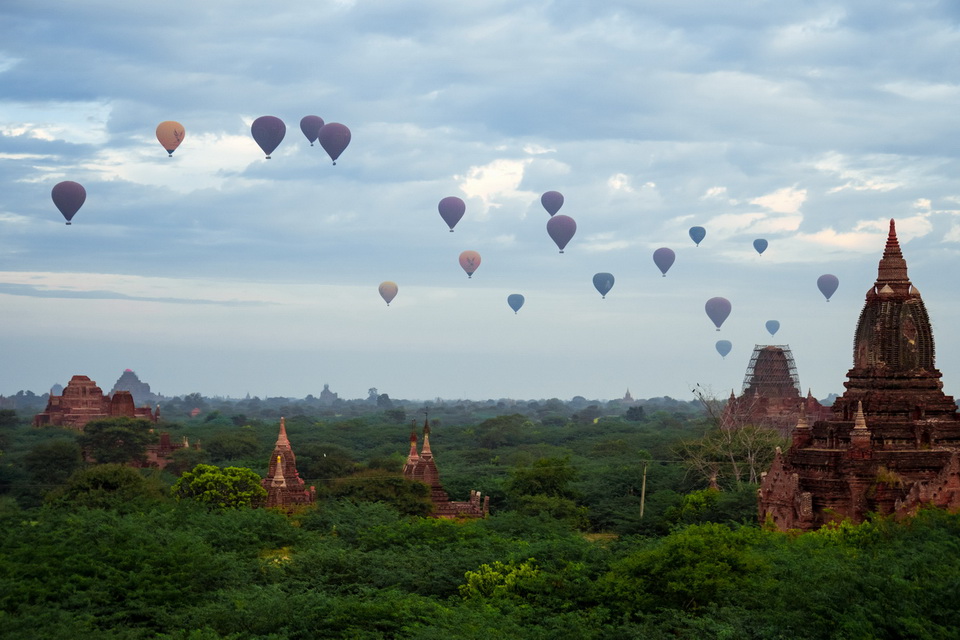
Exploring the ancient city of Bagan
Living a farmer’s life in Ibaraki Prefecture
Let’s live with farmers from the Hiroura Rural Experience Promotion Association in Ibaraki Town!
From cherry blossoms to nemophila, spring in Ibaraki is the season of flowers
Spring is the season of flowers blooming everywhere. This article would like to introduce the places ...
What's so special about experience tours in Ibaraki?
Ibaraki Prefecture is easy to reach from Haneda Airport or Narita Airport. It takes about 90 minutes ...
Where to see the most spectacular Cherry blossoms in this Spring
Spring is here, and so is the countdown to one of the most beautiful blooms of the year: Cherry blos ...
Tet and others spectacular festivals around the world in January 2020
In January 2020, Tet festival in Vietnam and others spectacular festivals around the world are color ...
The best Christmas drinks from around the world
Boozy, warming, and very indulgent – what more do you expect from a Christmas cocktail? Try one of t ...







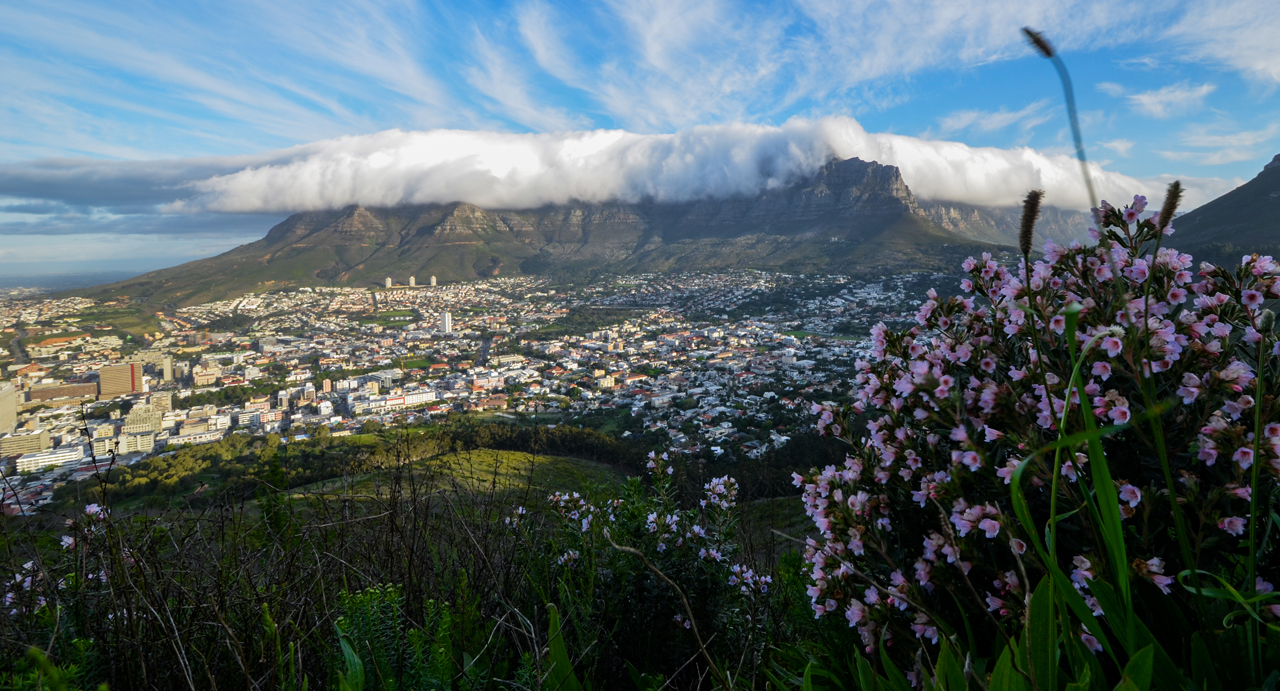

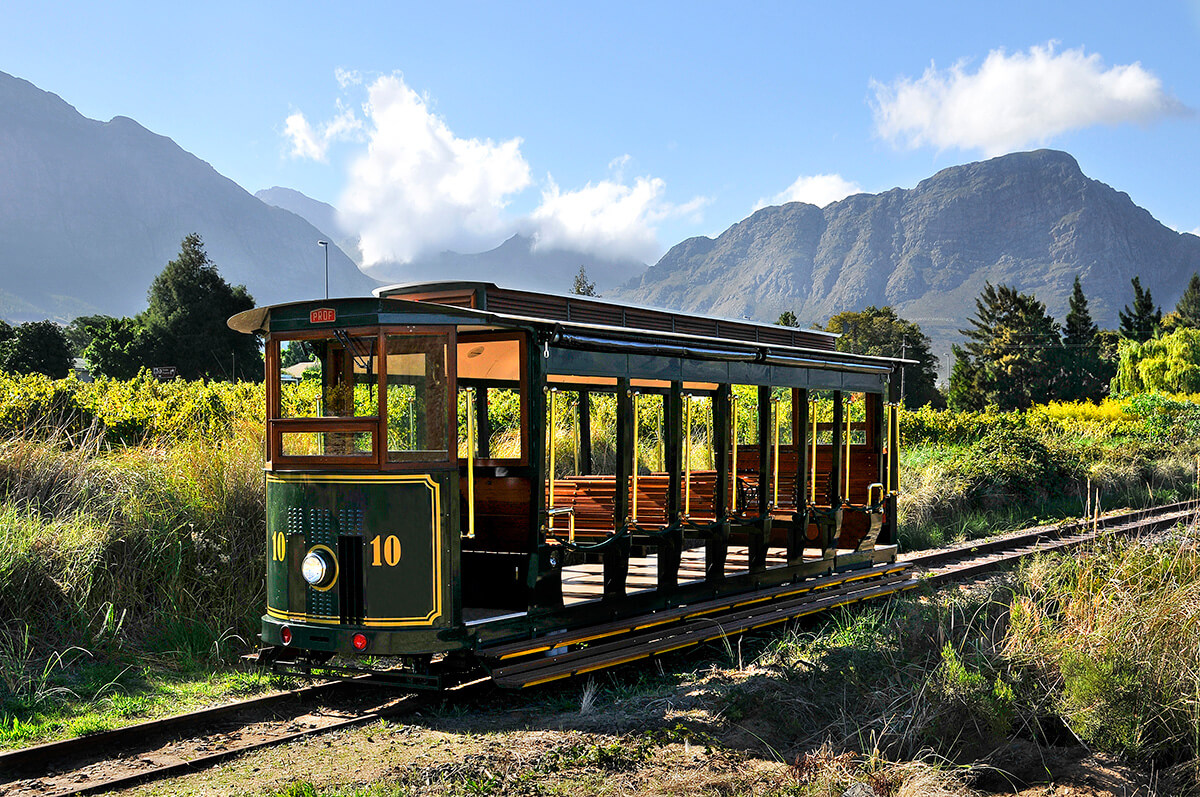
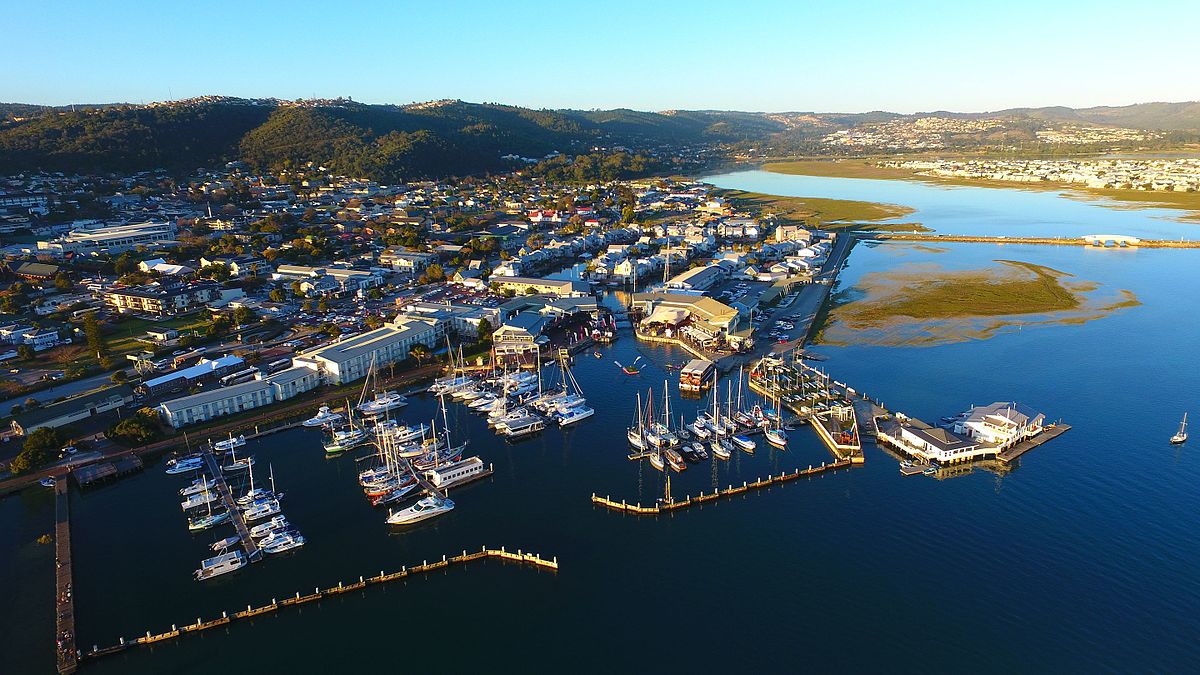
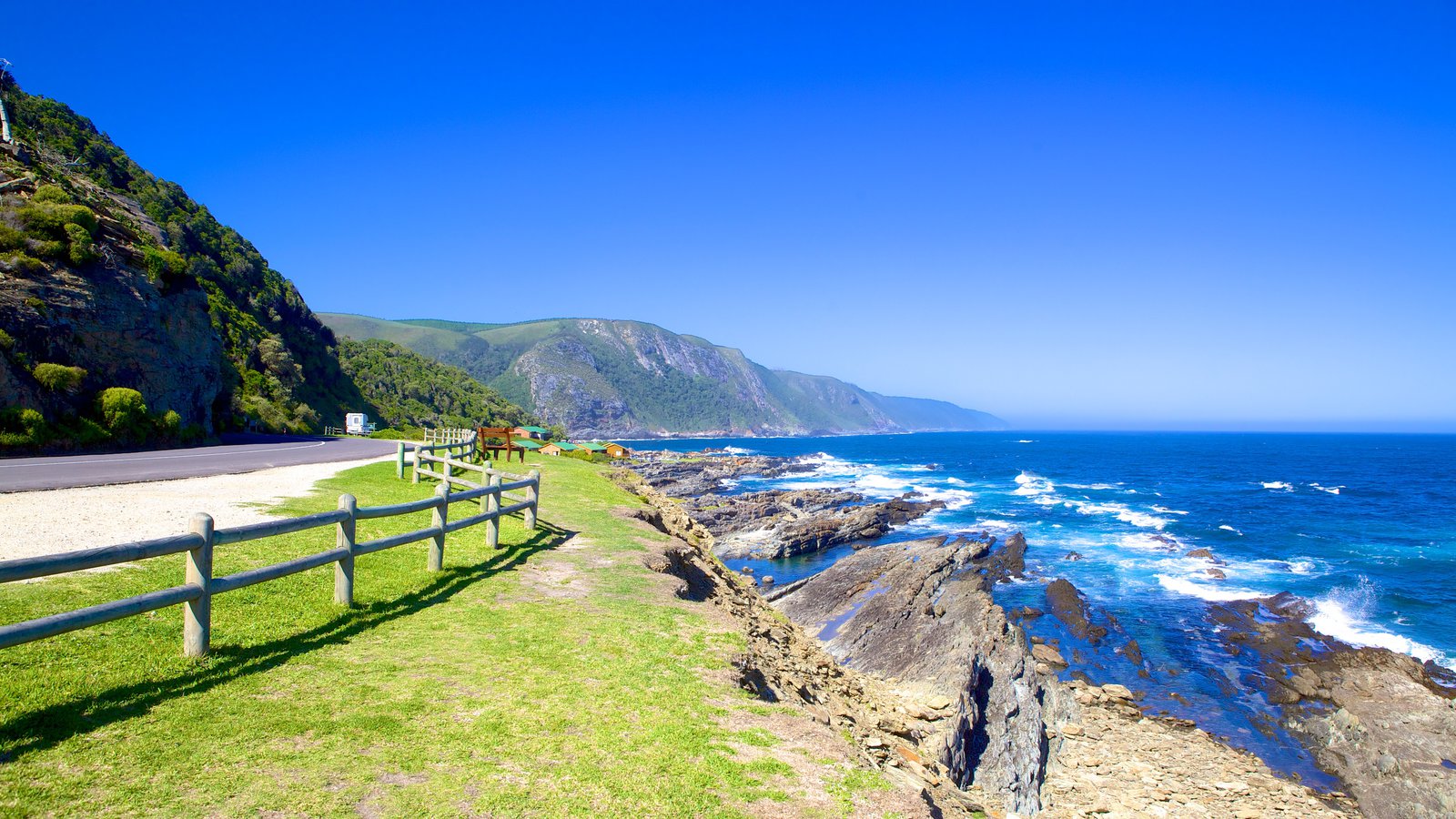

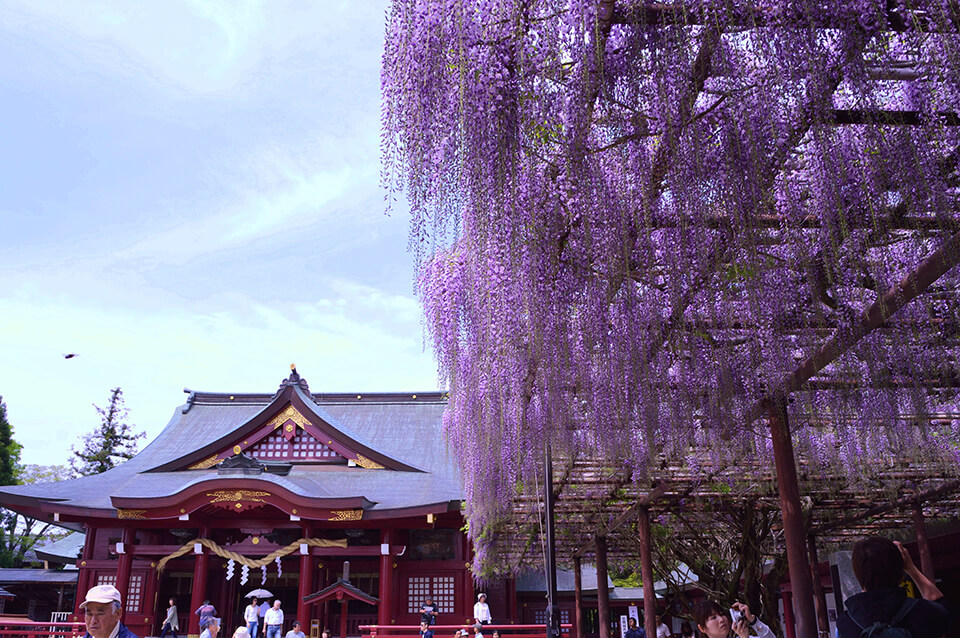
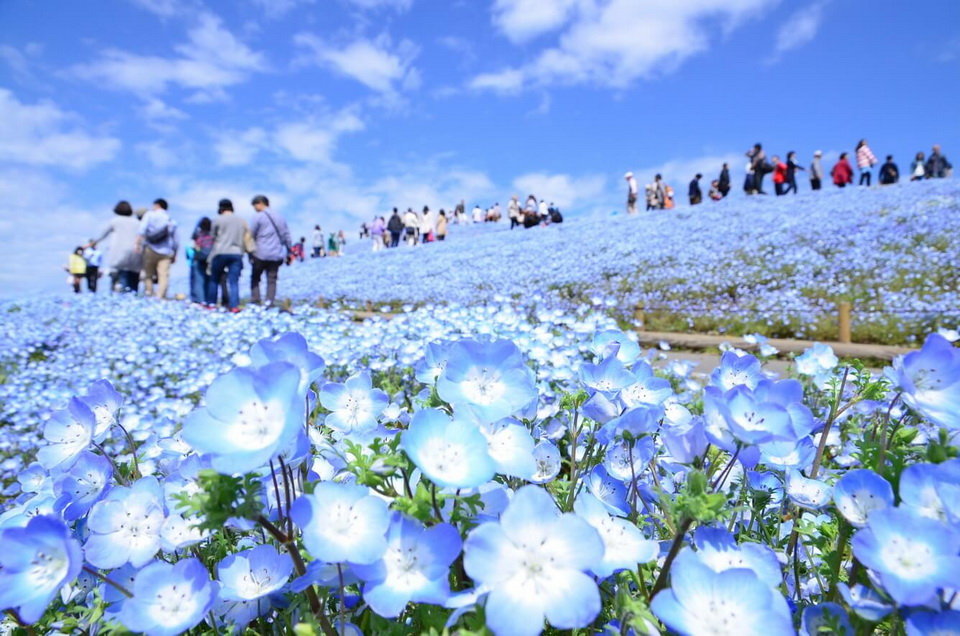
 (1).jpg)
